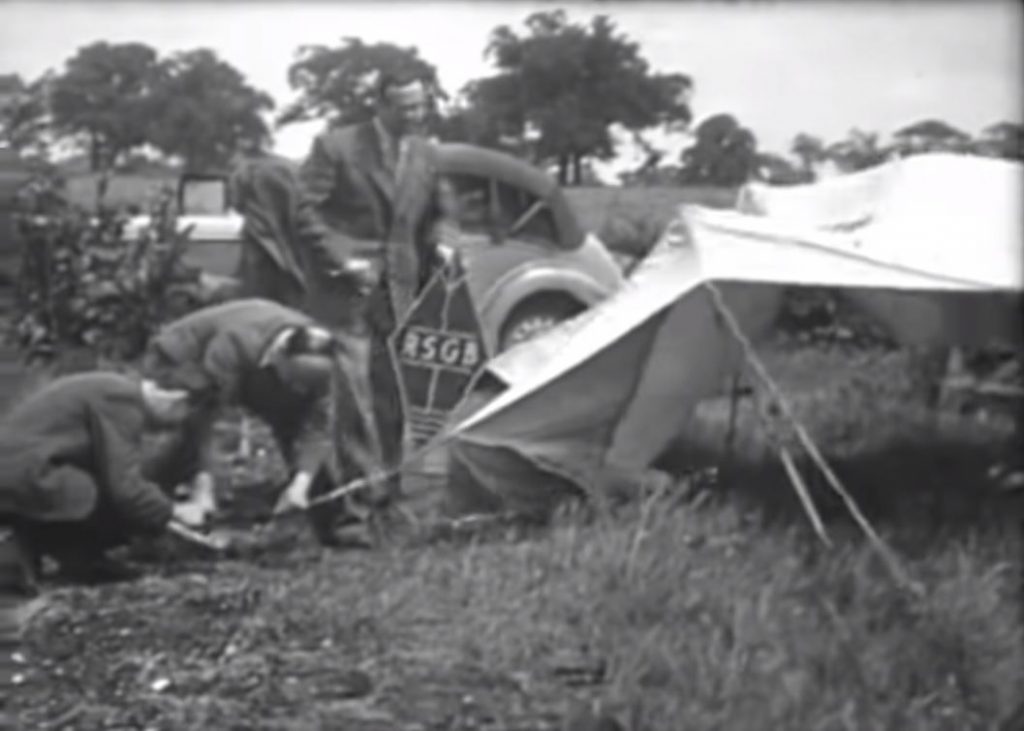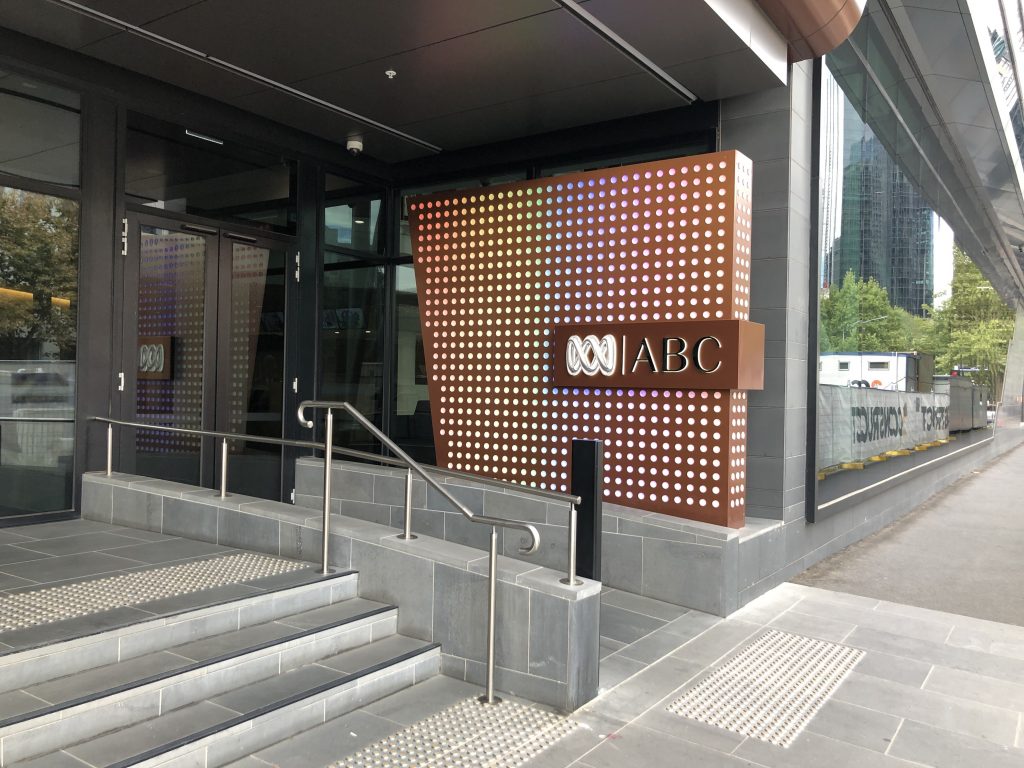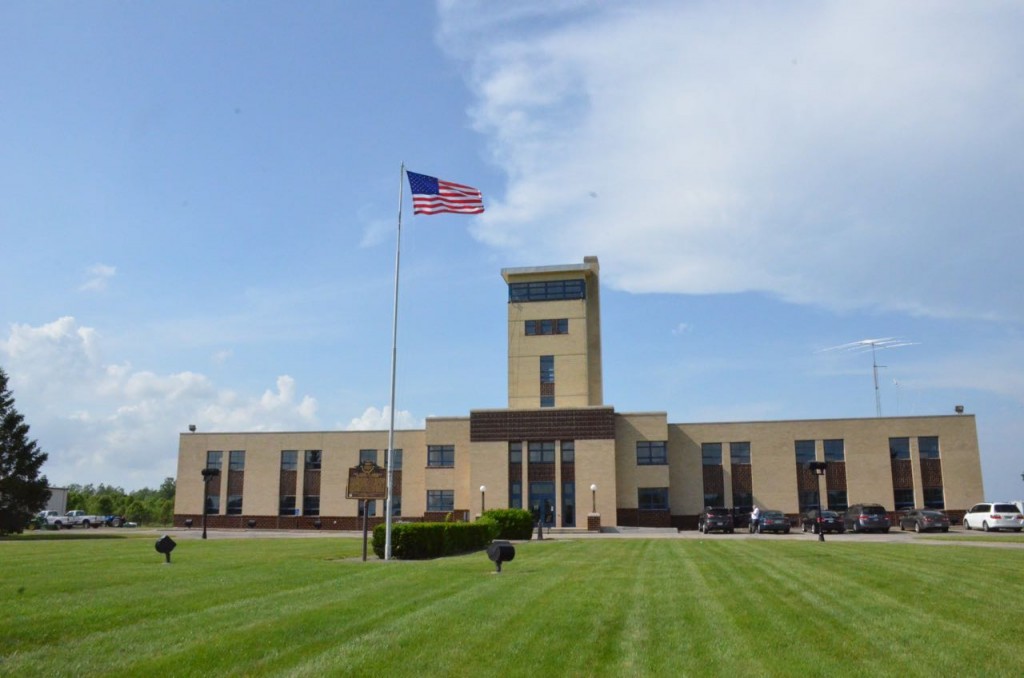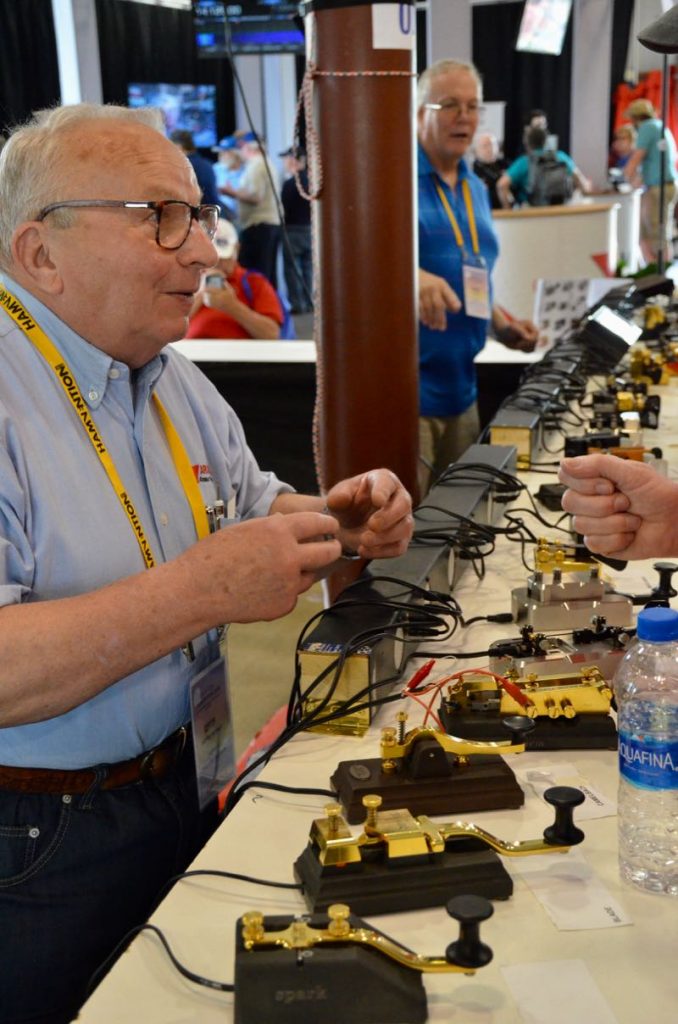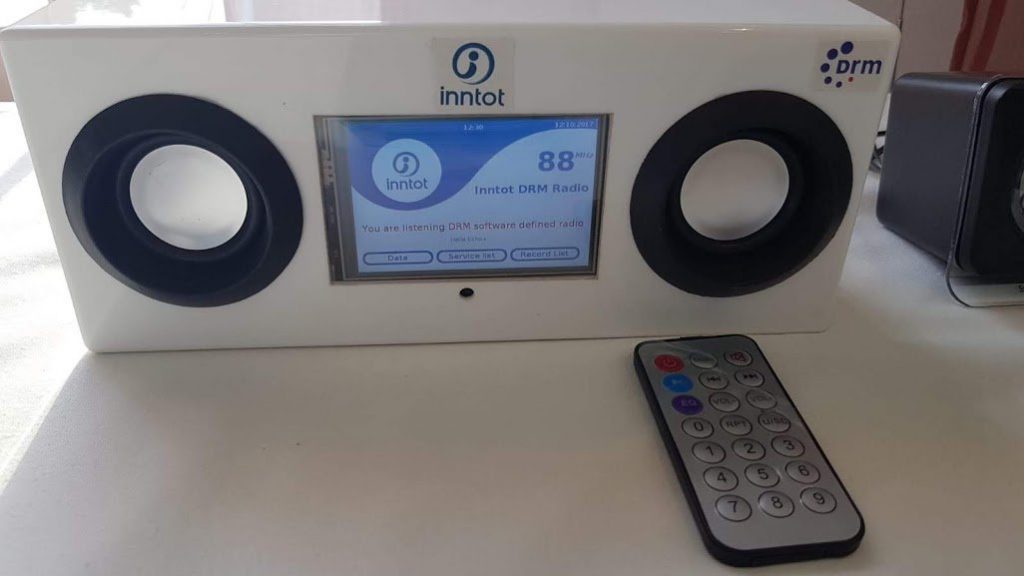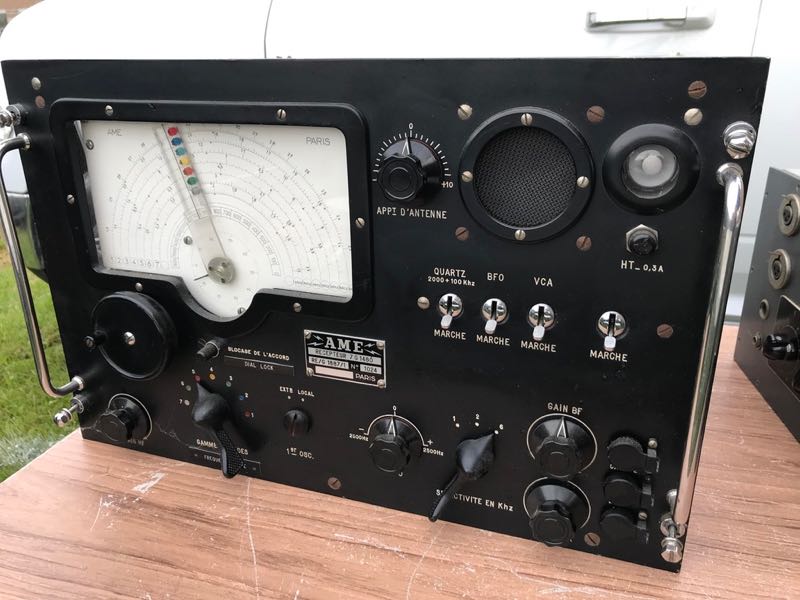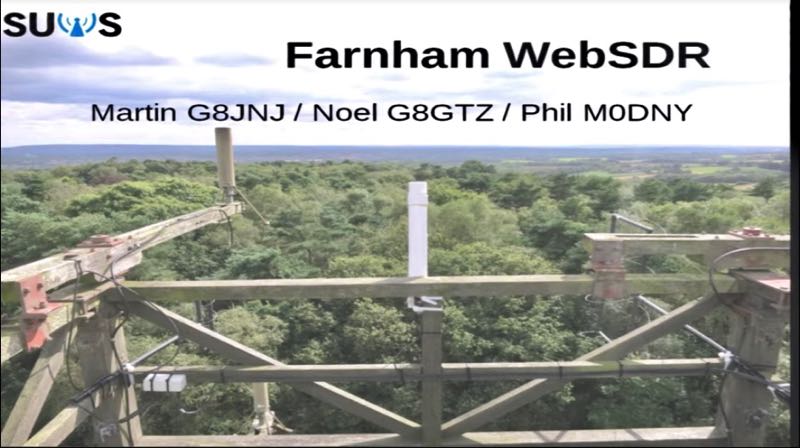The National Voice of America Museum of Broadcasting in West Chester will host a 75th anniversary commemoration of the D-Day landing on Thursday, June 6 at 9 a.m. on the museum’s front lawn.
The event sponsored by Kehoe Financial Advisors of Cincinnati will honor the memory of WW II soldiers who participated in D-Day and the Battle of Normandy, as well as veterans of all wars.
After a color guard presentation by Veterans of Foreign Wars Post 7696 and a brief ceremony, veterans and other attendees will be invited inside the museum for free coffee, donuts and museum tours until noon.
The public is invited.
Coffee will be donated by CAVU of West Chester, with donuts provided by Kroger stores in Sharonville and on Tylervsille Road in West Chester.
“D-Day was the largest seaborne invasion in the history of the world and put Allied troops on the trajectory to win World War II,” said Ken Rieser, VOA Museum board president. “The sacrifice in human life that day alone is sobering—about 4,500 Allied soldiers and from 3,000 to 9,000 Nazi troops.”
During Operation Overlord, which occurred from the June 6, 1944 D-Day landing through August 30, 1944, when German troops retreated east across the Seine River, more than 425,000 Allied and German troops died, according to Barrett Tillman’s D-Day Encyclopedia (2014, Regnery Publishing), on www.HistoryontheNet.com. About 209,000 were estimated to be Allied troops.
“Although many of the soldiers who participated in D-Day are no longer with us, we want to commemorate their sacrifice—as well as the sacrifices of all veterans in all wars since then,” said Tom Keller of Kehoe Financial Advisors. “D-Day is a solemn day, but also an uplifting reminder of what our country can accomplish when we band together for a just cause.”
RSVPs are requested by noon on Wednesday, June 5 for the D-Day commemoration at [email protected] to ensure adequate food and beverages.

